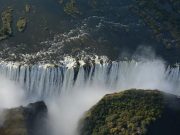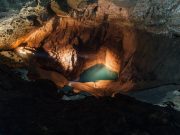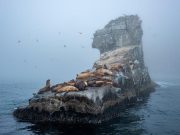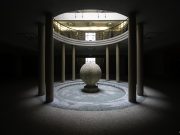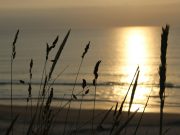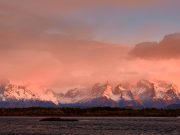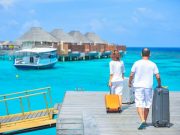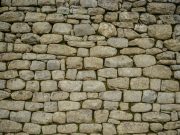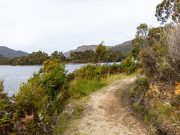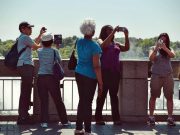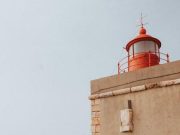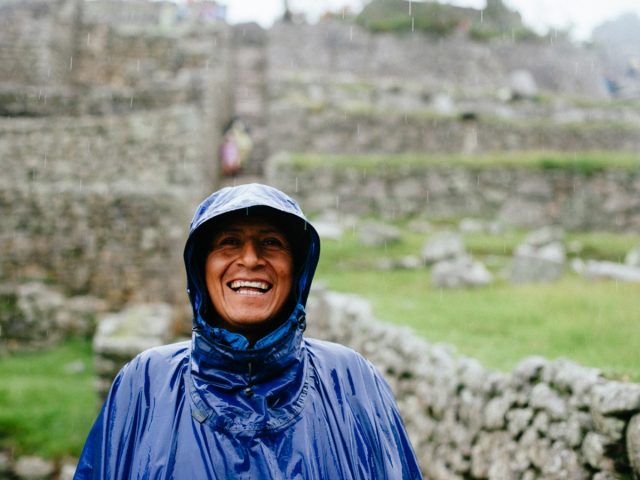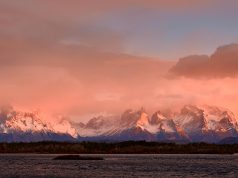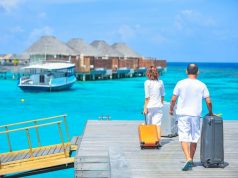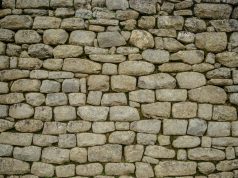 Photo: erin
Photo: erin
1. Spend some time for the shores in the Madre de Dios.
While the majority of travelers planning to have the Amazon head on to Iquitos, a (much) smaller number go to the Amazon regions all around the Madre de Dios River, namely Tambopata National Reserve and Manu National Reserve. Most guest lodges are approximately one hour to a few hours downstream from Puerto Maldonado, the nearest town.
Slide you into high rubber boots to trek from the mud, explore the jungle (by flashlight at night for top level sightings), paddle around hidden lakes, and catch piranha. You\’ll be able to find the shining eyes of your caimans from the Madre de Dios via spotlight during evening boat rides, tune in to the locals’ eerie stories regarding the Chullachaqui, and in some cases participate in an ayahuasca ritual. (Just be certain you are doing your pursuit prior.)
Don’t anticipate to be updating your Instagram throughout this leg to your trip.
2. Arrange a homestay while in the village of Vicos.
Vicos is a small village in the base of the fourth-highest mountain inside Western Hemisphere, Huascarán. Individuals of Vicos may be over 1,000, made up primarily of agriculturists. By getting a homestay in Vicos, you’ll live much like the locals do. Drink coca tea. Improve the farm with the family, cutting wheat and herding cattle. Discover the traditional putting them to use and taste the cuisine, consisting of papakashki, an Andean potato soup.
Exposure towards the lifestyle of the town that hasn’t been suffering from Peru’s tourism boom is undoubtedly an experience most will not contain the opportunity to enjoy.
3. Visit Choquequirao, the Machu Picchu no one’s heard of.
Nearly everyone who visits Peru makes Machu Picchu the key stop of your trip. It’s a monumental destination, but you’ll be sharing it with thousands of other tourists.
Choquequirao, on the flip side, may be a rediscovered ruined Inca city inside the Cusco region, reached by a strenuous two-to-three-day hike from the village of Cachora and visited by only one small amount of adventurers daily. Akin to Machu Picchu in overall structure, Choquequirao are still being excavated, and archaeologists can often seen working at the site.
Guides are readily available, however you can also continue your own personal. Make certain you bring appropriate provisions, together with a tent, a hot sleeping bag, and a few sturdy boots.
4. Go to Lake Akilpo via Huaraz.
A little-known trek, the journey to Lake Akilpo from Huaraz in Peru’s Ancash region isn’t a fairly easy one, due partly to the altitude. The lengthy hike brings travelers by having a mountain pass, a forest of quenual, and a impressive valley.
Unless you’ve been climbing mountains at altitude regularly, you’re likely likely to take it slow and have plenty of rest over the overnight. Day two entails a roughly two-hour hike to attain Lake Akilpo, a glacier-fed lake harking back to Canada’s Moraine Lake featuring a nearly fluorescent color. Bring somebody or two, because you won’t see lots of faces on this journey.
5. Visit Cusco’s Baratillo Market with a Saturday.
You’re probably rolling the eyes and thinking, “Cusco’s path is just as beaten as always.” And, yes, much of it\’s. Plaza de Armas provides a McDonald’s from it. There’s no argument there.
Roaming on a Saturday? Find the Baratillo Market. You’ll see every variety of ware imagine, from jeans to toasters, yet not numerous tourists as you’d expect. Display early. Associated with to maintain a hand against your wallet.
Not planning to roam to this point off of the beaten path? Supply the San Pedro Market a call endeavor the caldo de gallina for lunch.
6. Eat the views of Lake Titicaca from Llachón.
If you’re aiming to experience Lake Titicaca with no commotion of Puno, visit Llachón, a village about 75km for the northeast. Visitors can typically turn up accommodation-less without having worry.
The quiet village isn’t the average tourist haunt, along with the vibe reflects that. Sleep in a guesthouse to your evening and spend your morning kayaking for the lake. The skills is quite refreshing if you’ve seen the Disneyfication of Lake Titicaca along with its floating islands near Puno, or party scene in nearby Copacabana, Bolivia.
7. Appreciate the architecture of Cajamarca’s churches.
A small city in the Peruvian highlands, Cajamarca isn’t visited by many people tourists but remains famous for the architecture — particularly, six Christian churches built in the Spanish colonial style. Three analysts have pretty impressive facades.
The city can be termed as center of Carnaval, when Peruvians and (some) tourists visit the city to celebrate before Lent begins.


